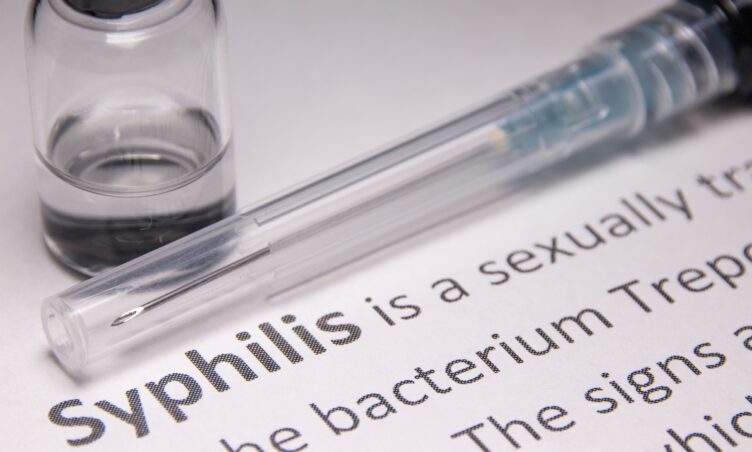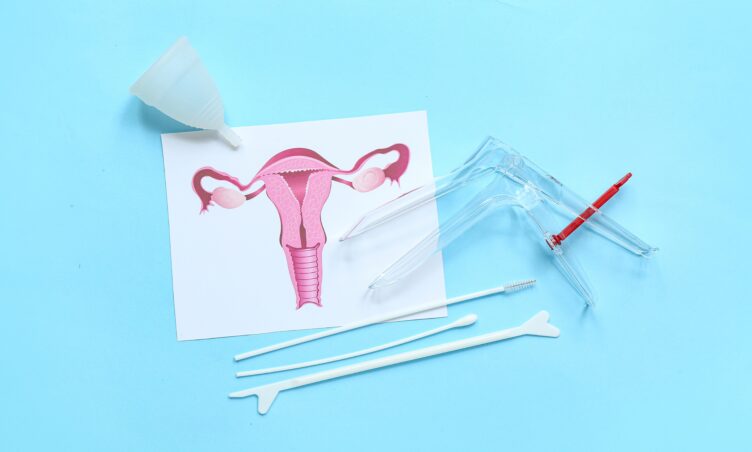What are all the Period Products?

If you have periods, you probably want to minimise bloodstains and mess.
Whether they’re single use, multi-use, external or internal – there’s more period products out there than ever before, with all sorts of fun, eco-friendly, fancy-packaging options to choose from! Have a read through some of the pros and cons of period products available in Victoria, and see if there’s something new that catches your eye.
Disposable pads
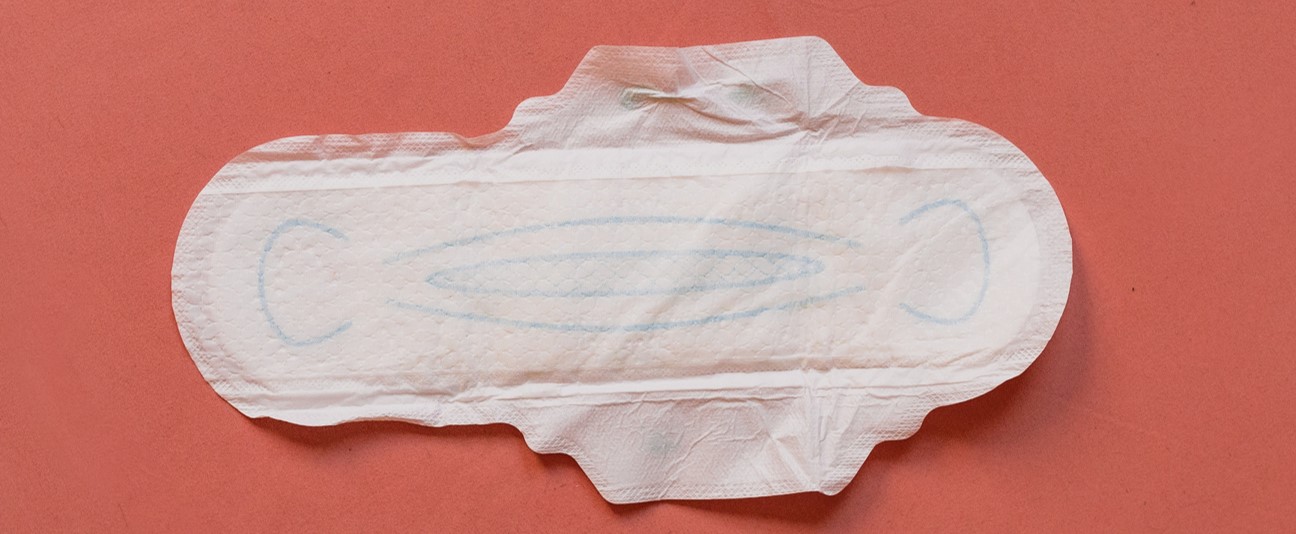
How they work: Pads are long strips of absorbent material that are stuck to the inside of your underwear crotch. Most disposable pads have a plastic lining. They come in lots of different shapes and sizes – eg with wings, extra long night pads, and heavy flow.
How long they last: Pads should usually be changed every 4 hours, or as soon as they feel too wet.
Pros: Easy to find and relatively cheap. Great for if you’ve just started menstruating, find inserting products in your vagina difficult or don’t feel comfortable using inserted products for cultural reasons. They have almost no risk of Toxic Shock Syndrome. They can also be great for heavy flows, overnight use and are easy to clean up – just pop them in the bin.
Cons: Pads can sometimes shift out of place if you’re moving around, and you can’t wear them over some types of underwear (eg thongs) or doing certain activities (eg swimming). Some types can irritate the vagina. Depending on your flow, you might need to change your pads sooner than every 4 hours to avoid any odour. Like tampons, because they are disposable, they can have a negative environmental impact (with lots of plastic packaging and pads ending up in landfill).
Cost range: $3-5 for a pack of 10-20 pads
Where to get them: Supermarkets, pharmacies, convenience stores, online.
Cloth pads
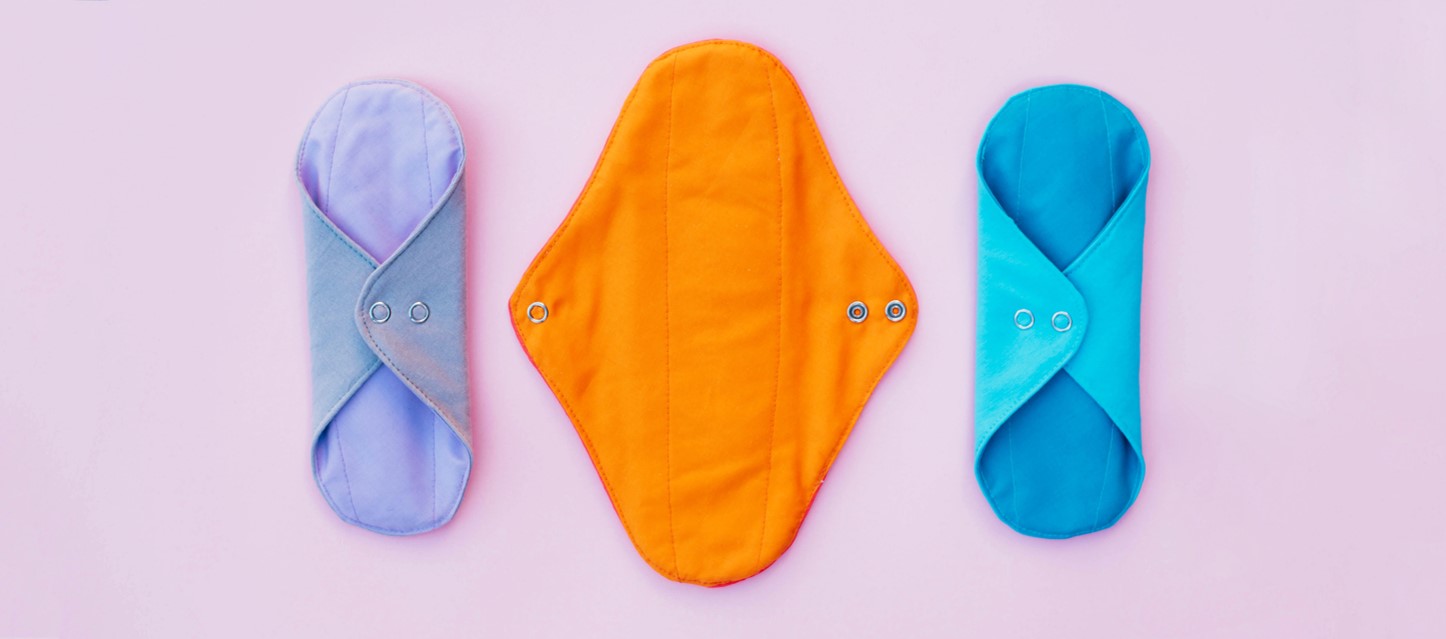
How they work: These work just like disposable pads, in that they are made of an absorbent material and sit inside your underwear crotch. Unlike disposable pads, they don’t have a sticky side but usually have wings that snap into place. Some cloth pads have a removable absorbent insert. Most cloth pads can be washed just in the washing machine and dried, (though some brands also recommend soaking and stain-treating).
How long they last: Like disposable pads, these pads will need to be changed every 3-4 hours, or when they start feeling wet. But, you can wash and reuse cloth pads for years!
Pros: A lot softer and more comfortable compared to rustle-y plastic pads. Some people also say they smell a bit less, as the fabric allows for more breathing, less moisture and therefore less bacteria build-up. They’re also great for the environment, as they will last a long time. And finally, there’s lots of cute fabric patterns to choose from.
Cons: A bit annoying to carry around (you will need a water-proof pouch) and wash. They can be a lot more expensive up-front too, compared to disposable pads, but over a long time, this cost can even out. Like disposable pads, you also can’t go swimming in these.
Cost range: Varies a lot, depending on the maker – but averaging around $10-15 per pad.
Where to get them: Environmental stores, some supermarkets, online.
Tampons
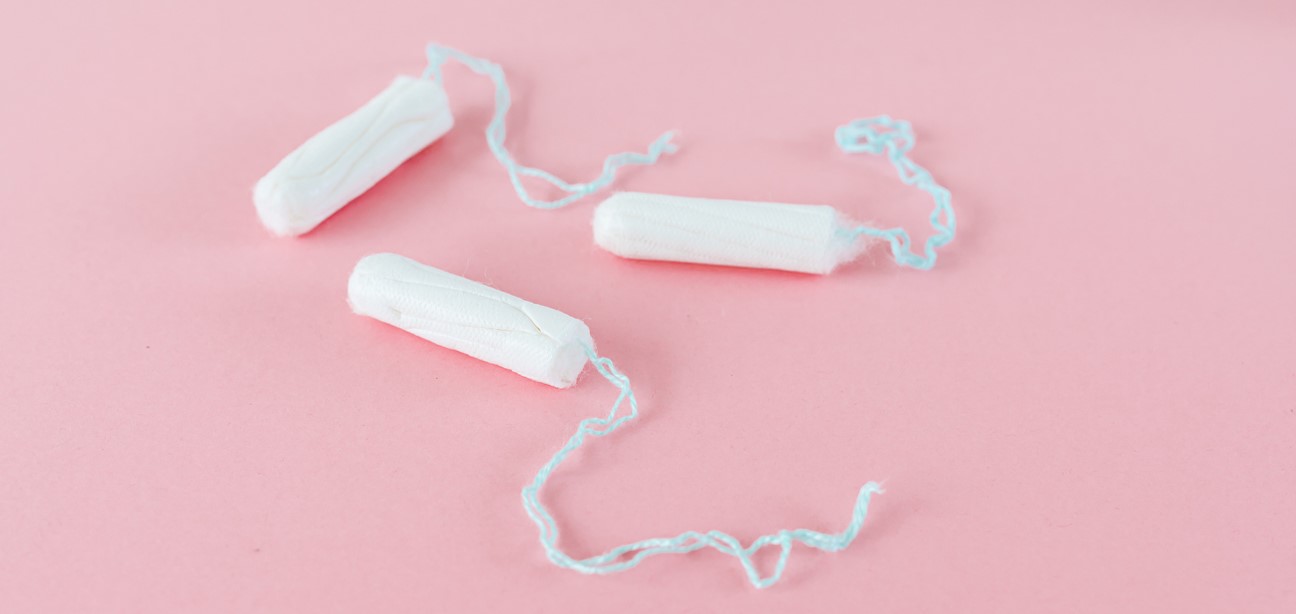
How they work: These are little cotton plugs that you put in your vagina to soak up blood. They have a little string on the end to make removing them easier. Sometimes they come with plastic applicators that help to insert them, which work like a syringe. You can get tampons with various absorbency ratings. In an entire lifetime, if you use only tampons, you might go through over 11,400 tampons!
How long they last: Tampons should generally be changed every 4-6 hours. Never keep a tampon in for over 8 hours to avoid the risk of Toxic Shock Syndrome. Tampons need to be disposed of in a sanitary bin or regular bin (don’t flush them down the toilet!).
Pros: Super easy to find, relatively cheap, convenient, small to carry around. They’re also great if you need to be active; you can swim with them in! Also, feel very cool knowing they were originally invented to stop bleeding from gunshot wounds.
Cons: Inserting them can be a bit uncomfortable, with some trial and error to find which ones suit you best. They can sometimes dry out the vagina or cause irritation. There is also the small risk of Toxic Shock Syndrome, a very rare complication of some bacterial infections (but handwashing, regular tampon changes and using a pad at night will lower your chance of developing TSS). Additionally, as tampons are disposable, they can have a negative environmental impact – with millions of tampons and packaging ending up in landfill each year.
Cost range: Usually around $5 for a 20 pack.
Where to get them: Supermarkets, pharmacies, convenience stores, online.
Sponges
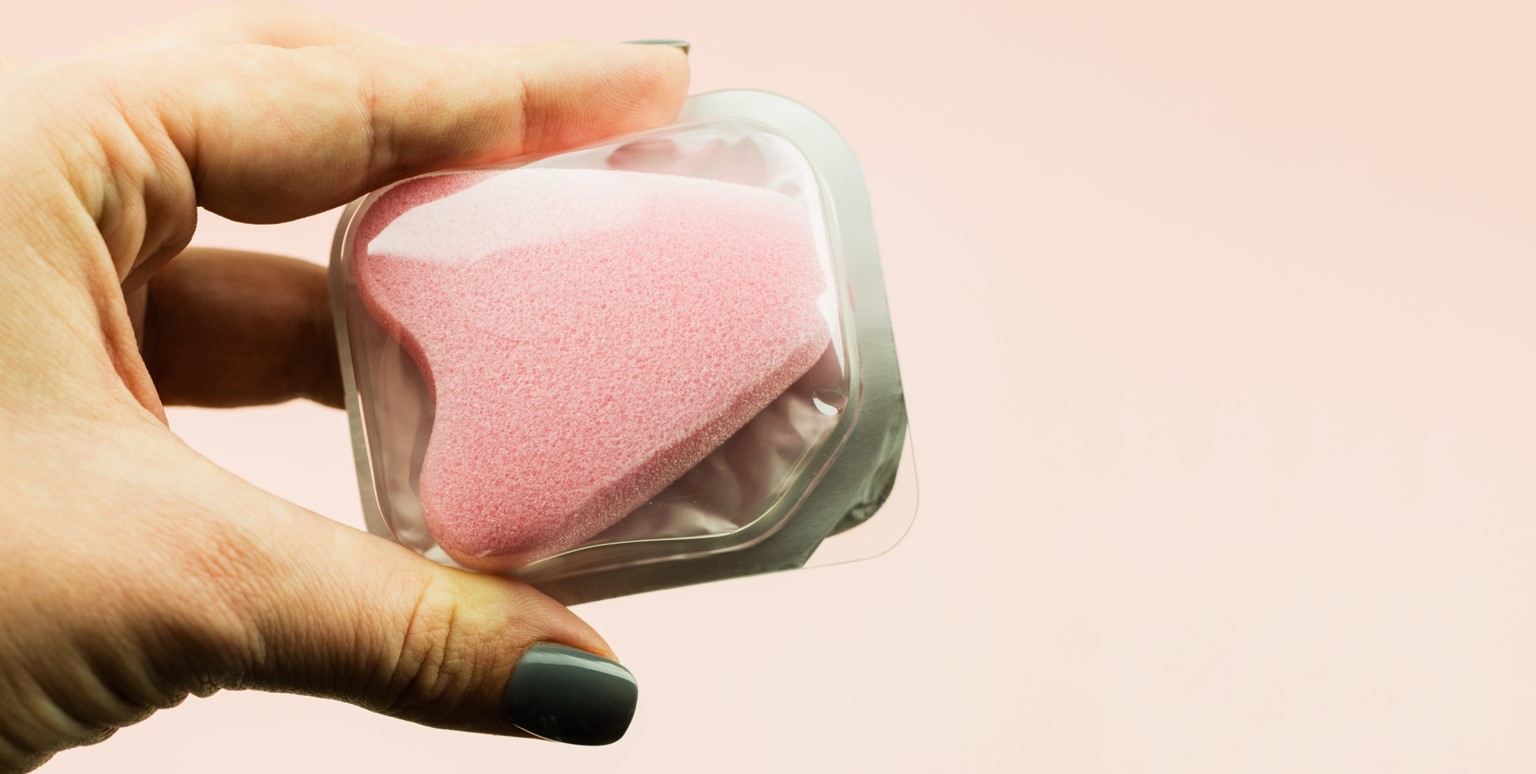
How they work: Sponges work like tampons – they are inserted into the vagina to absorb blood. There are lots of different types of sponges, made from different materials – from natural sea sponges to synthetic sponges. Some sponges are designed to be reusable, while others should be disposed of after use. Some also come with pre-lubrication, or else you can soften it with some water before insertion. Reusable sponges can usually just be washed with a mild soap under warm water.
How long they last: Like tampons or cups, sponges need to be changed every few hours. Don’t leave them in longer than 8 hours. Reusable sponges can last up to 6 months.
Pros: Being very soft, sponges are often said to be more comfortable as they can adjust to the shape of your body. Reusable sponges are also great for the planet, and sponges made from natural materials are renewable and biodegradable. They’re also great for use during intense activity or sex.
Cons: Sponges can be a bit messy to deal with when removing and replacing (though some sponges are designed with little loops for easier removal and less chances of breaking pieces apart). They can also take a bit of care to make sure they’re clean and ready for re-use. Like tampons, there is the very slight risk of Toxic Shock Syndrome. Disposable sponges are a lot more expensive per use than tampons, and they can be a lot harder to find.
Cost range: Depends on the material and whether they’re reusable/disposable. Disposable sponges can cost a few dollars each, while reusable sea sponges can cost $20-30 each.
Where to get them: Online, some pharmacies.
Cups
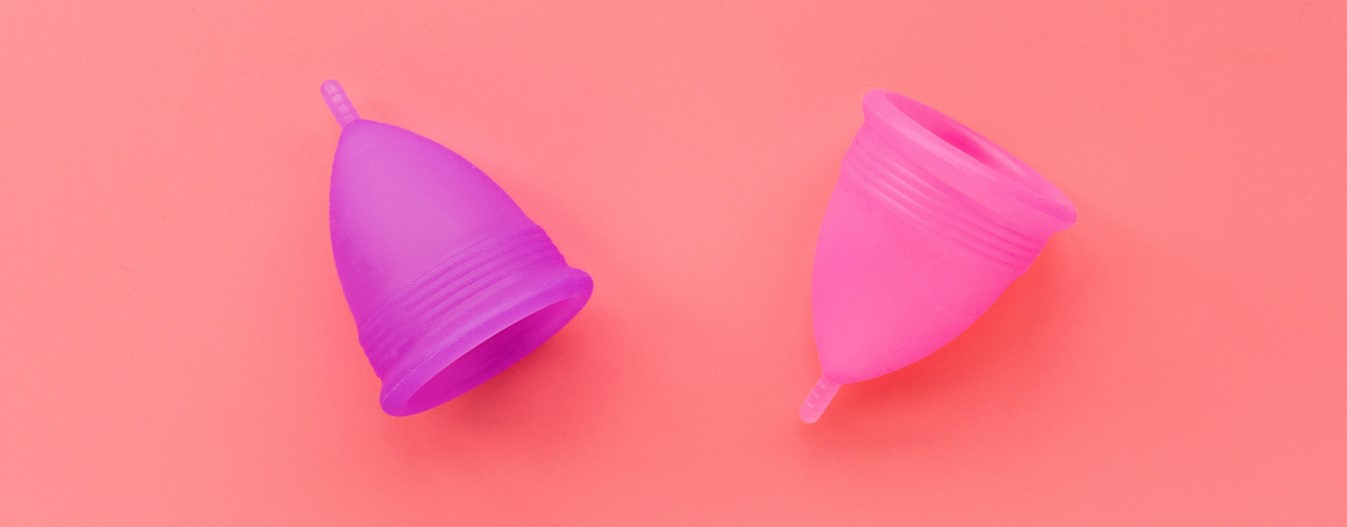
How they work: Menstrual cups are small, flexible, bell-shaped devices that are inserted into the vagina to collect blood. They are usually made from rubber or silicone. Cups use suction to stay in the vaginal canal. Some cups will have a stem to help you locate the cup for removal. Before and after a cycle, most cups will need to be boiled; during day-to-day use, you can generally clean cups using a mild soap under cold water. Some brands also sell special devices to sterilise your cups.
How long they last: Cups can be worn for 8-12 hours at a time, or until they are full. With appropriate care, they can last up to 10 years!
Pros: They can be safely kept in for a much longer time than tampons or pads, avoiding frequent bathroom trips. There’s lots of variety in menstrual cup shapes and sizes, so you can find what suits you best. Given their long lifespan, they’re also environmentally friendly, and much cheaper in long run compared to disposable products!
Cons: Cups have a bit of a learning curve to them, and it can require some trial and error to find which brand, shape or size suits you best. They can be more expensive up front compared to a pad or tampon (but long-term are definitely more cost effective). They need to be taken out during sex, and for people with an IUD there maybe a small risk of menstrual cups shifting the IUD.
Cost range: Prices generally range from $30 – 60 a cup, depending on the brand.
Where to get them: Pharmacies, some supermarkets, online.
Discs
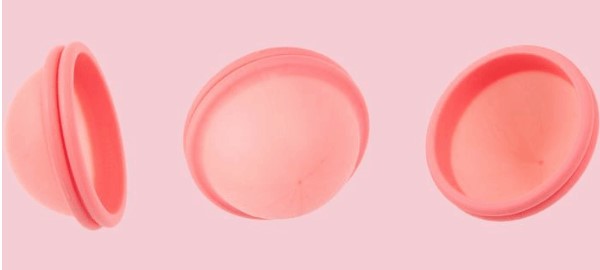
Image source: Nixit
How they work: Menstrual discs are similar to cups, in that they are small, flexible devices inserted into the vagina to collect blood. However, unlike cups, menstrual discs sit in the vaginal fornix – the widest part of the vagina and the base of the cervix – and rely on gravity, not suction, to stay in place. Discs can be disposable (made of plastic) or reusable (made of silicone or rubber). Like cups, they will need to be boiled before and after each period, and washed in between insertions.
How long they last: Discs can be inserted for up to 12 hours. Some discs are single-use, while others can be reused and will last for months or years.
Pros: Because they’re thinner and more flexible compared to cups, discs can be worn during sex, if you have an IUD inserted (as they don’t use suction), or if you have a tilted uterus or partial prolapse. Reusable discs are also great for the environment.
Cons: Like menstrual cups, there is a bit of a learning curve involved with inserting discs. They are also a bit messier to remove than cups. Discs can also be a bit expensive, especially if they’re single-use.
Cost range: Discs can range from $3 – $100 each, depending on if they’re reusable, what they’re made from and the brand.
Where to get them: Online
Underwear
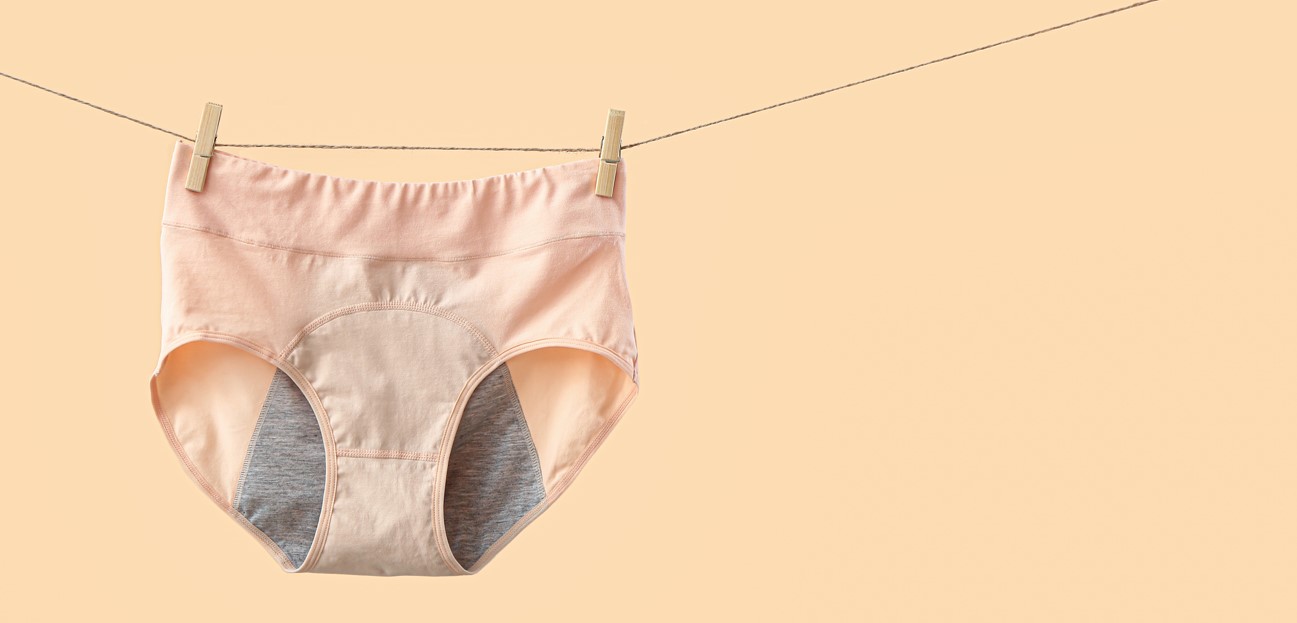
How they work: These are basically just super absorbent undies, with usually a few layers to wick away moisture, absorb blood and protect your clothes. They can be made from a variety of fibres, including cotton, bamboo, or synthetics. Usually they’re easy to clean – just run them through cold water before doing a cold machine wash. They can take a while to dry, so you’ll need to have more than 1 set per cycle.
How long they last: Change and clean these every 12 hours. If you care for them correctly, period underwear can last for several years.
Pros: Period underwear are an easy to use, and non-invasive option. With lots of different styles, patterns and absorbency options, these could also be great for people just starting out periods, people wanting overnight protection or extra protection at the tail end of a period. The reusable aspect of these makes them a good environmental choice too.
Cons: These need to be washed immediately after wearing, and take a while to dry. There’s also the upfront cost involved, as well as the trial and error as you find the right size, fit and fabrics you like.
Cost range: Anywhere between $10 – $40 a pair.
Where to get them: Pharmacies, online, and lots of supermarkets and underwear brands are now stocking these.





